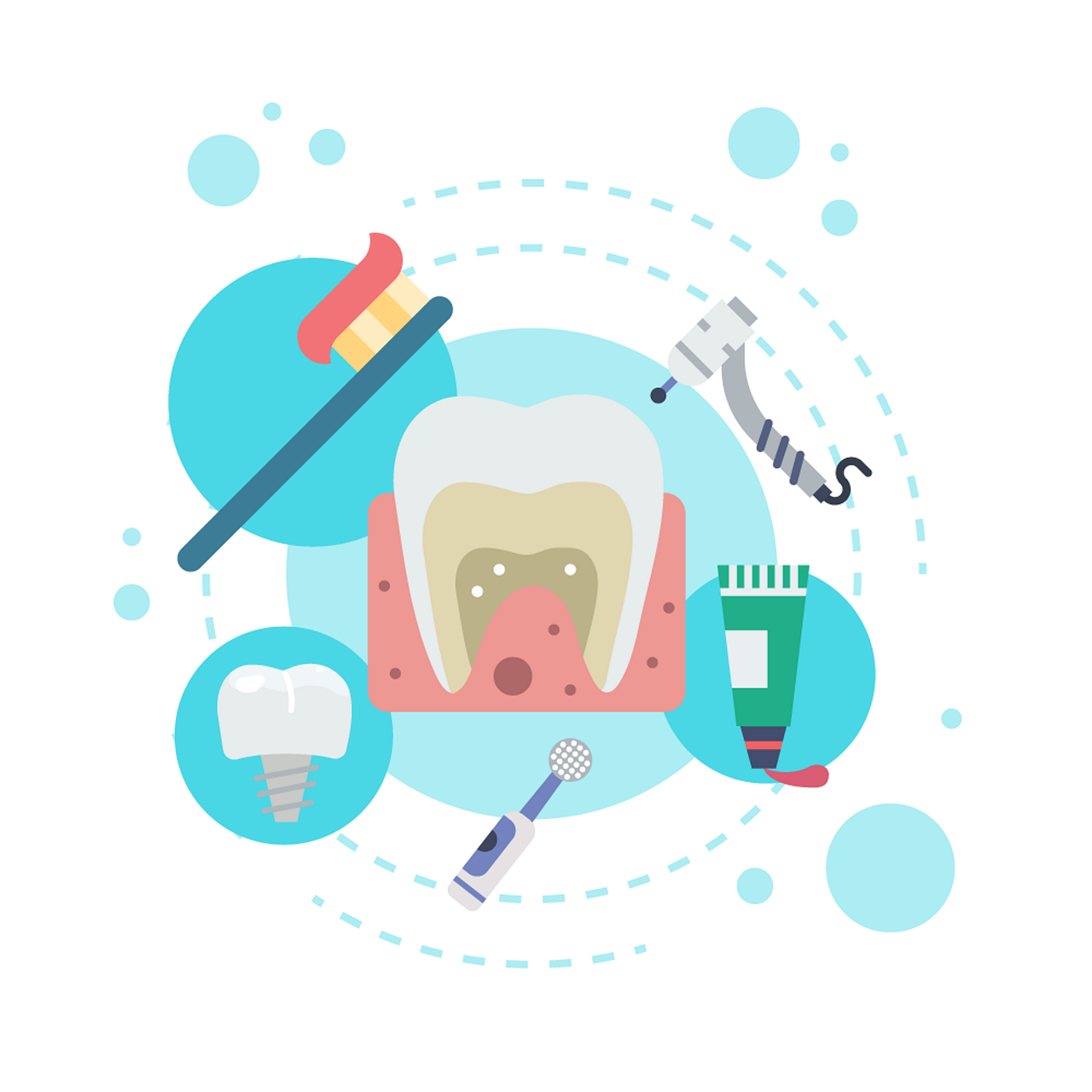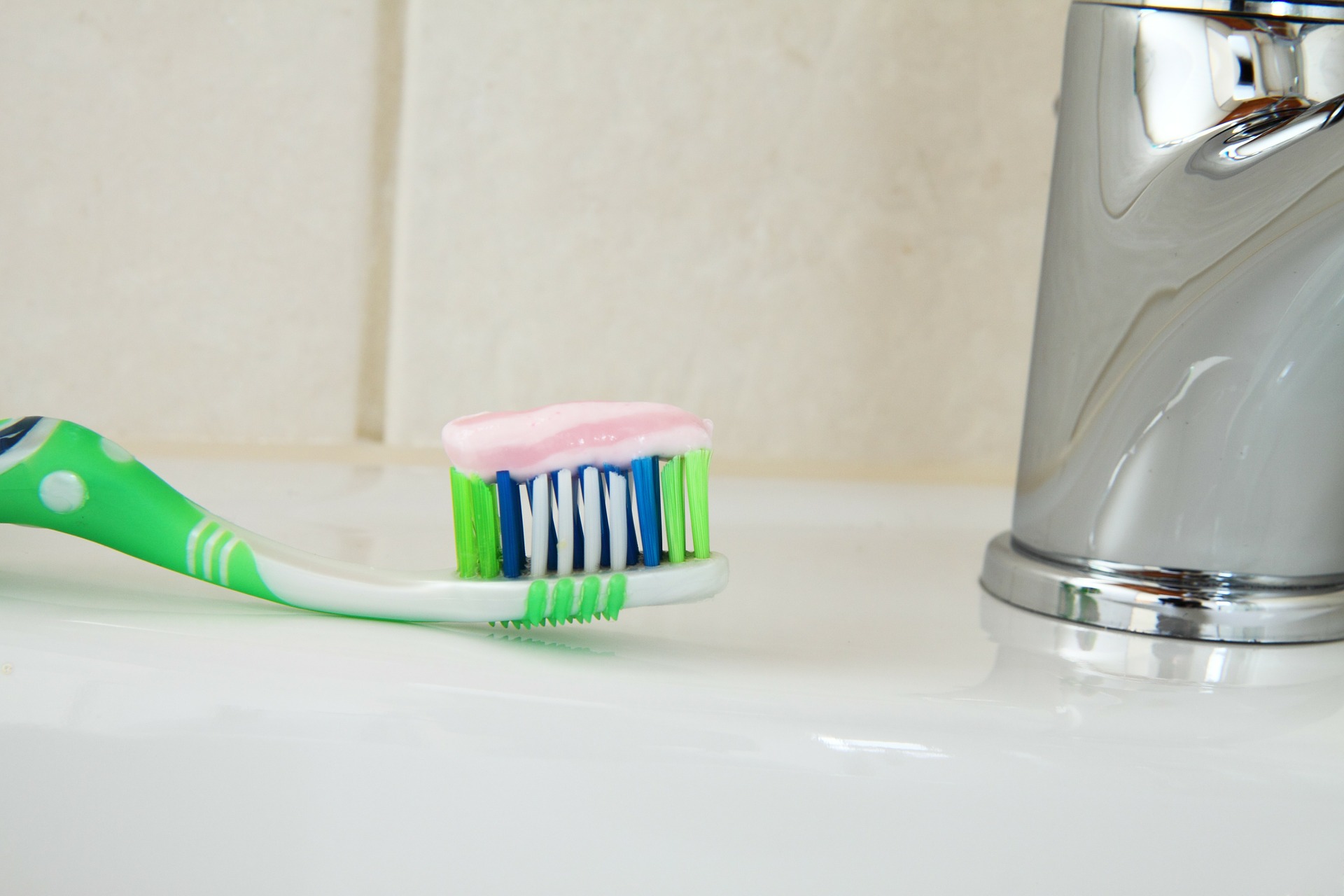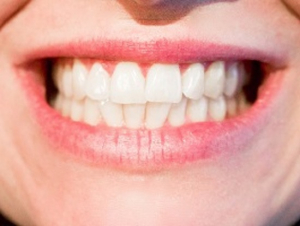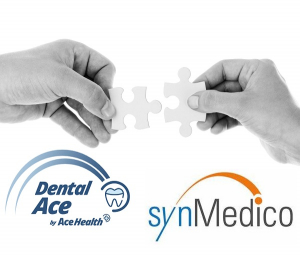Stopping tooth decay with silver diammine fluoride
In cases of tooth decay, all of us are accustomed to watching the dentist reach for the drill to remove destroyed dental substance in an effort to prepare a clean hole in the treated tooth for a long-term filling. Though this is most often absolutely necessary, most patients get at least a slightly queasy feeling every time a drill comes into play. Now, how would these patients feel if there was a way to stop tooth decay completely painlessly and without the use of a drill in only a few seconds? Most likely very relieved. It would also make dental practice visits significantly less painful for patients and children suffering from dentophobia. The magic liquid called silver diammine fluoride makes all of this possible. How exactly? Let’s find out!
What is silver diammine fluoride?
The fact that silver has antibacterial effects by itself was discovered over a century ago and the substance has therefore been used in an increasing number of medical settings and applications. A few commonly encountered examples are silver foil and silver seams/stitching in surgery as well as the coating of catheters and (medical) scrubs to prevent infections. In dental medicine, silver has been used in the form of silver diammine fluoride for now almost 50 years and has become a staple in many countries, including the US and Japan, for a wide variety of procedures:- Treatment of dentin hypersensitivity
- Tooth decay prevention
- Prevention of secondary tooth decay after restorative procedures
- Root canal procedures (disinfections)
Advantages of silver diammine fluoride
- Fast and efficient infection control
- Non-invasive
- Easy to use
- Ideal for urgent cases
- Cost-effective
- Not recommended in cases of severe tooth decay
- Dark/black coloring of the treated area (aesthetically problematic for frontal teeth)
- Not suitable for patients suffering from silver allergy
Stopping tooth decay or completely removing it – what's better?
It is absolutely clear that the failure to treat caries as soon as possible after discovery leads to a significant increase in pain, tooth decay, and, eventually, in the loss of the affected teeth. As a result, a patient’s quality of life can take a significant hit from untreated tooth decay. This is why virtually all dentists recommend treating caries right away after its diagnosis (often even during the same dental practice visit, if time permits).The traditional way of tooth decay treatment in Austria is its excavation and removal with a drill and the subsequent sealing of the cleaned-out hole with a filling or a crown. While this treatment method yields very favorable results, it is quite invasive. As a result, over the past few years, interest in the dentist community in less-invasive treatment options has grown continuously – in particular, the interest in procedures that focus on stopping the progression of tooth decay. This is because silver diammine fluoride has successfully been used for many years in quite a few countries around the world as a way to contain dental care costs. Another reason for the high promise of silver diammine fluoride is the fact that it has been in use as a disinfectant after root canal procedures since the 1970s.
Though a complete removal of caries is generally preferable to merely halting its progression, clinical studies have shown that the use of silver diammine fluoride (38% concentration) twice a year can be a completely legitimate and effective way of treating/halting the progression of tooth decay – especially for patients and countries who/that are laser-focused on reducing healthcare (and dental care) costs.
How much does a procedure with silver diammine fluoride cost?
As already mentioned, the very affordable price of silver diammine fluoride is one of its largest strengths – especially nowadays when cost savings in the healthcare system are increasingly moving into the public spotlight in virtually every developed country including Austria. This makes the relatively low price of roughly EUR 20-25 per treatment very enticing for both patients who pay out of their own pockets as well as for insurance companies that are looking for ways to cut dental care expenses.
In the meantime, we would love to hear from you – please leave any thoughts and feedback in the comment box below and get a free subscription to our blog right here online whenever you like.


